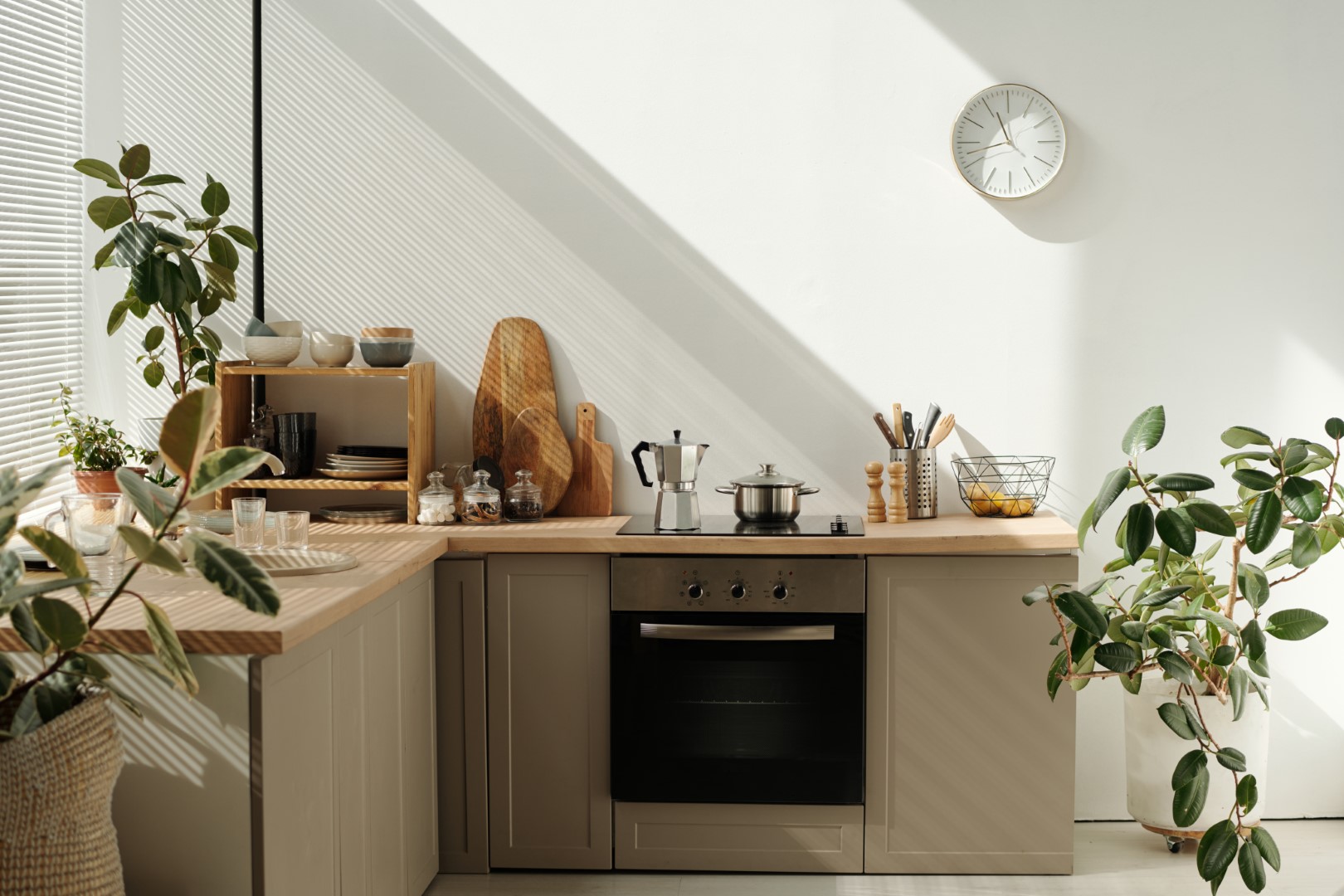If you’re considering building your own cart, you’ll want to make sure you select the right caster wheels for the job. They come in all shapes and sizes, as well as materials.
For making carrying easier on personnel to speedier deliveries, use the custom placement of caster wheels to make the workplace more efficient. Here’s how to look at types of wheels and specific purposes to select the right wheels for the job at hand.
Types of Caster Wheels
With so many types of wheels to choose from, you need to know what each type does to make an informed decision. Locking wheels are casters that have a clamp that acts like a brake to stop the wheel from moving. When not locked, this type of caster can be a 360 or rigid caster wheel.
Wheels that swivel are called 360 casters because they move in every direction. Rigid casters only roll in one linear direction. The straight path makes it easier to move heavy things because they don’t drift, but they are also more difficult to maneuver with only one option for direction.
Combined wheels serve different purposes, too. You might use two rigid wheels with two swivel wheels, one of the most common combinations. It helps when pushing straight forward for long distances, especially for heavy loads.
Heavy-duty casters with double wheels are great for durability. If you’re moving large items or heavy items, double wheels can help prevent accidents that smaller wheels could cause.
Another combination is to use two rigid wheels in the middle of a cart, between four swivel wheels. This takes some of the load off the swivel wheels, which can’t always take as much weight if you want them to move freely.
Evaluating Purpose to Determine Your Needs
Casters are used in a variety of situations, so knowing the specific purpose helps you decide which of the above types would work best. Consider noise restrictions–if you need a quiet ride, rollerblade wheels covered in rubber help your cart roll quieter.
The floor condition also comes into play. Rugged areas, such as uneven floors or outdoor areas, would necessitate larger wheels to navigate ruts and grooves.
Weight requirements dictate wheel requirements, too. Divide the weight you need to transport by the number of wheels. If you have a cart with 4 wheels, divide the weight (for example, 100 pounds) by 4, meaning you need each wheel to support at least 25 pounds.
Consider what items you’re transporting. In the food industry, carts and carriers must be level. The smooth ride helps avoid spills, so choose wheels of a harder material. If you’re building a beverage cart for your home, this is especially important.
To make transportation easier for your personnel, use caster wheels with a bigger diameter to ease their burden. The smaller the wheel, the harder they have to push to cross the same distance.
Using Tools at Hand
Based on the type of wheels you choose and the way you combine them, caster wheels can serve any purpose, from heavy loads to quiet transportation. They’re a way to make your job easier or the job of your employees, but they can make it more difficult if you don’t choose the right ones.
Make sure to fasten them to the chair, cart, or item securely to keep everyone safe.
Did you find this article helpful? Explore some of our other posts for more information!
Discover more from Futurist Architecture
Subscribe to get the latest posts sent to your email.




